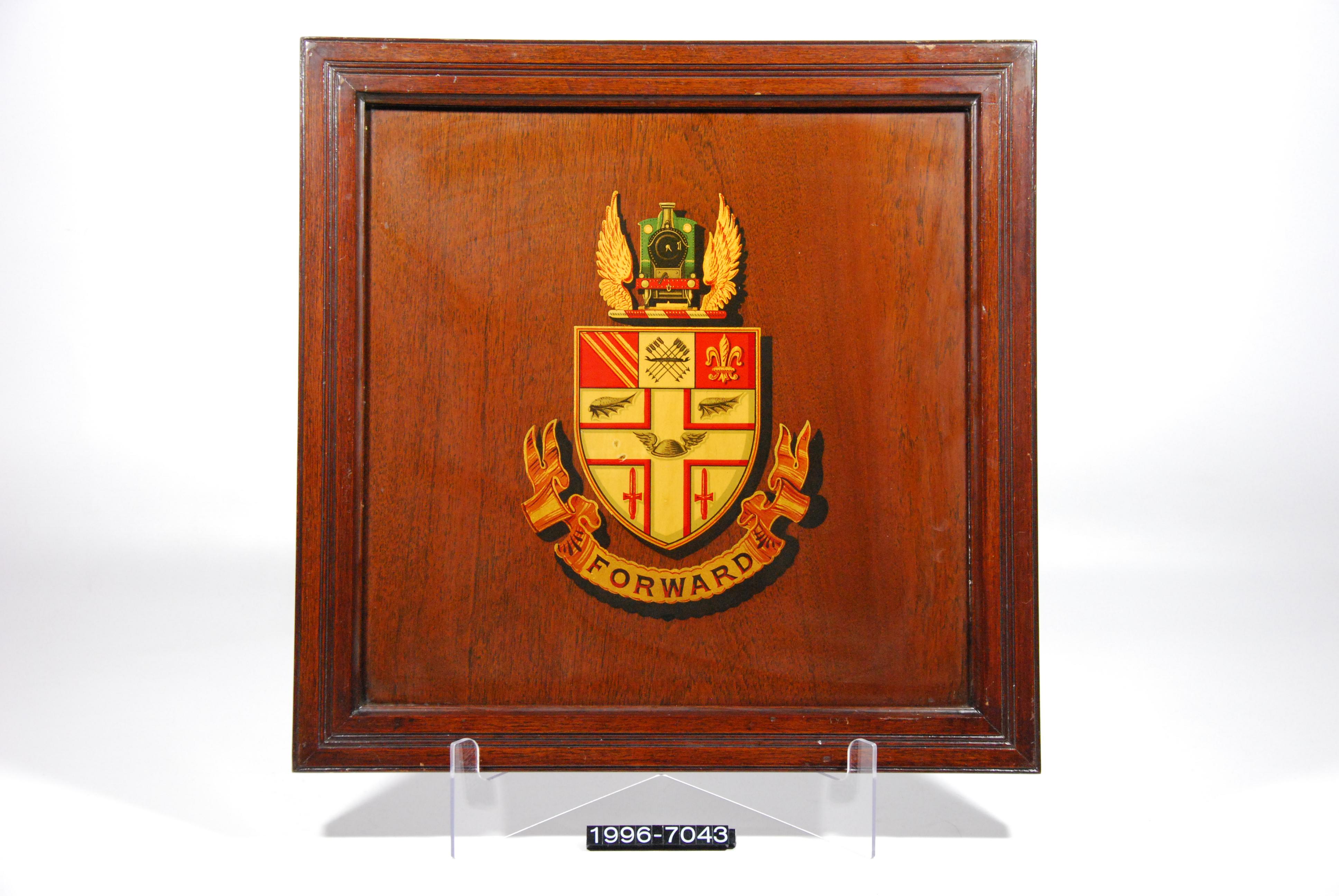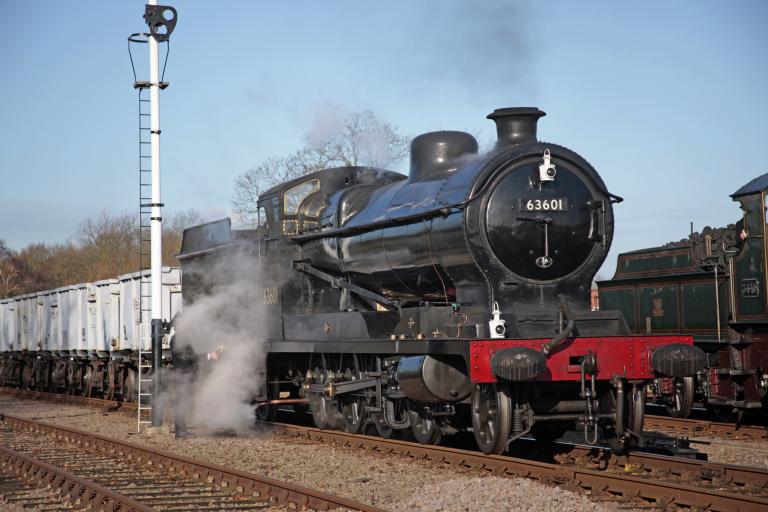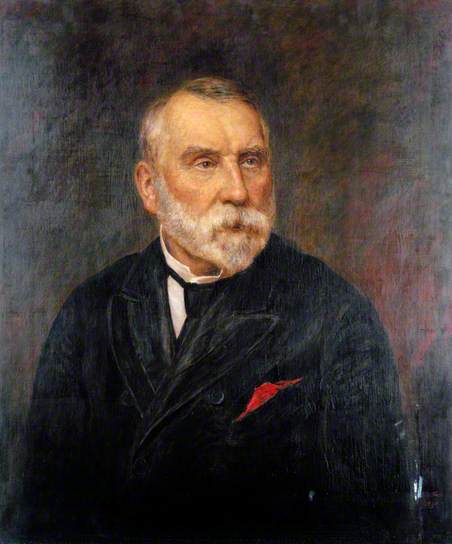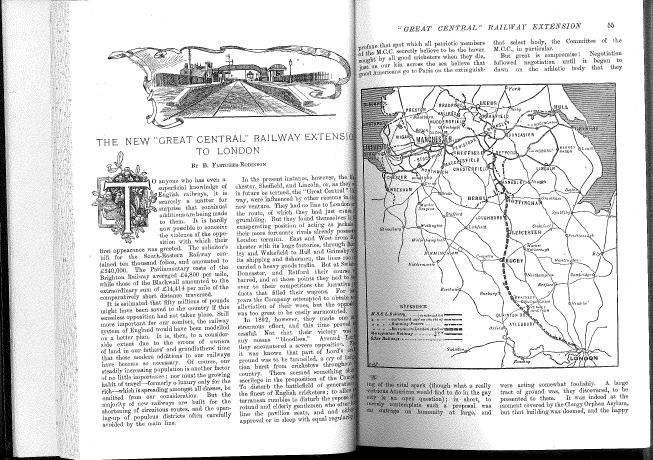The Great Central Railway (GCR) conjures many images in the mind of the railway enthusiast, such as ‘the last mainline’ (a misnomer which lingers on) and the Robinson locomotives. Despite its relatively ephemeral working existence the GCR had, as Gary Boyd-Hope and Andrew Sargent have determined, a ‘short but colourful history’ which can be defined by ambitious expansionism and one man’s vision.

As a placement intern from the Museum Studies Department at the University of Leicester I am working on the research element of the design and interpretation process for a Heritage Lottery Fund bid for an exciting new National Railway Museum project based in Leicester. In conjunction with the Great Central Railway plc and Leicester City Council the National Railway Museum are hoping to open a new museum based at the site of the GCR Leicester North station.
During my time at the museum I have been doing extensive research on the GCR and the objects connected to it and Leicester in general. I have had a lot of fun delving into the National Railway Museum’s extensive collection; they don’t just have big engines you know! Using the Search Engine as my research base I have used sources which range from books and company journals to oral histories and locomotive technical files.

I thought I would share with you one of my favourite stories from my research into the GCR, that of the London Extension and the company’s origins. The story of the GCR’s formation grabbed my attention because it reveals the world and people beyond the engines and locomotives of the company. Although the GCR had some magnificent machines, for example see the Robinson 04 class 2-8-0 above, without the people as the driving force behind the company they wouldn’t have existed. So, alongside the object research I have completed, I have also focussed my efforts on one of these people, Sir Edward Watkin.

Watkin has been described in many ways, through the sources here at the museum, from ‘visionary’ and ‘determined’ to ‘imperious’ and ‘dogged with restless ambition.’ The London Extension and the inception of the GCR can be seen as a direct result of this man’s sense of adventure, ambition and vision. The GCR did not make its entrance into the railway world of Britain until 1897, and its existence, however late on in the game, was due to Edward Watkin. As the director of an impressive nine railway companies Watkin used his power to link the Manchester, Sheffield and Lincolnshire Railway and the Metropolitan Way to form the ‘London Extension.’ Through this amalgamation the Great Central Railway was born.

What I have found incredible during my research is the effect that one man’s ambition and vision had on thousands of other people. For example the London Extension, which was built between 1894 and 1899, ploughed through many built up areas of Britain, such as Leicester and Nottingham, and consequently at least 300 homes were destroyed to make way for the railway. However, the project also affected people’s lives for the better, as it employed thousands of men, providing work at its peak for 10,000 navvies (the nickname for the labour force who built the railways, deriving from the word ‘navigator’). Thus Watkin’s dream provided for thousands of men and their families.
The London Extension was not the end of Watkin’s Great Central vision. The ultimate aim of the Extension in Watkin’s eyes was to link Britain to France through the means of a Channel Tunnel. Although the GCR and Watkin never achieved this dream, it proves Watkin was a forward thinking pioneer, envisioning the idea of a Channel Tunnel around one hundred years before it was eventually opened.
Ultimately behind the Great Central Railway and the thousands of lives which were affected by its conception you can view one man’s expansionist tendencies, and very bold vision.
If you would like to have your say about the new proposed museum at Leicester North please feel free to fill in the following survey:
http://www.surveymonkey.com/s/GCRMuseum
If you are interested in the GCR or Edward Watkin here are a couple of sources I have used, all of which can be found in the Search Engine:
‘The Railway Magazine: Volume 1 July to December 1897’ [Economic: London, 1897]
Gary Boyd-Hope and Andrew Sargent, ‘Railways and Rural Life: SWA Newton and the Great Central Railway’ [English Heritage: Swindon, 2007]
George Dow, ‘Great Central, Volume II: Dominion of Watkin 1864-1899’ [Locomotive Publishing: London, 1962]
John Healy, ‘Great Central Memories’ [Baton Transport: London, 1987]
‘The Oxford Companion to British Railway History’ ed. Jack Simmons and Gordon Biddle [OUP: Oxford,1997]
As a boy, living about 8 miles from Nottingham at Awsworth on the Great Northern line between Nottingham and Derby , I would go into Nottingham Victoria by train. When we speak about great stations, this one is left out because it vanished in the late 1960’s. I believe this was one of ‘the’ great stations which of course just happened to be on the GCR. I will remember forever my times watching trains pass through this station. We are poorer for the loss of the GCR.
Being a Great Western man myself I find myself agreeing whole heartedly with you.Edward Watkin was more than a visionary,he knew what he wanted,and what was needed to bring it to fruition.The shame is there are NO Edward Watkin’s around now,Britain is all the poorer for that.
Living in leicester as a a lad i was in my formative years a keen trainspotter like many other lads of my age.Though spending many hours on the Birdcage overlooking the midland shed i was always more passionate about the Central line and well remember being on the Black pad off Western road waiting for the crack express trains like the Master Cutler, coming under the Burton line on a double peg signal hauled by one of the leicester A3″ s ,Fantastic experience to be literally a few yards from the line with the ground humming from the speed and weight of the train.
When Chiltern Railways was bidding for the first Marylebone franchise, they mooted plans for studies into GCR main line claw back as far as a M6 and M1 parkway station, also a partial branch line to M40 and Thame.
These seem to have been lost, but at least their Bicester triangle and Oxford route have accrued.
Is it not a part of the franchise system that capital works can be offered or even obliged in a new bid, yet Labour would negate that potential by BR format regression? There could be a term extension reward for suitable schemes which help reduce car traffic, congestion, and pollution: eg standard say 12 years contract, but 15 and 19 enabled by specific new works bidded for.
Chiltern has been one of the first class operators, and could pioneer such a reward system by offering to forward both it’s earlier schemes, and awarded a one off 21-23 years term for meeting the cost, or at least 50% of it. Would enthuse many pro GCR fanatics? An incentive would be clawback of any new works undepreciated capital from a new operator, in the event of losing the following franchise bid.
As Trustee of Gt. Central Railway Rolling Stock Trust – based at Ruddington Notts, I used this line – Arkwright St to Loughborough daily for school. We are in middle of restoring 1 of 3 BARNUMS – built 1910.
We have a GCR COAT OF ARMS Plaque recorded as No 16 of a series. Not sure if this means 16th of a limited run, or merely Pl. No. 16. Any ideas?
Have several stories re travel on this line – to follow